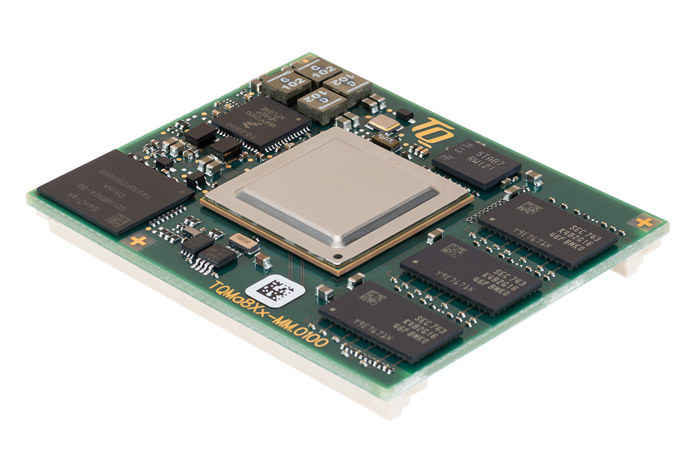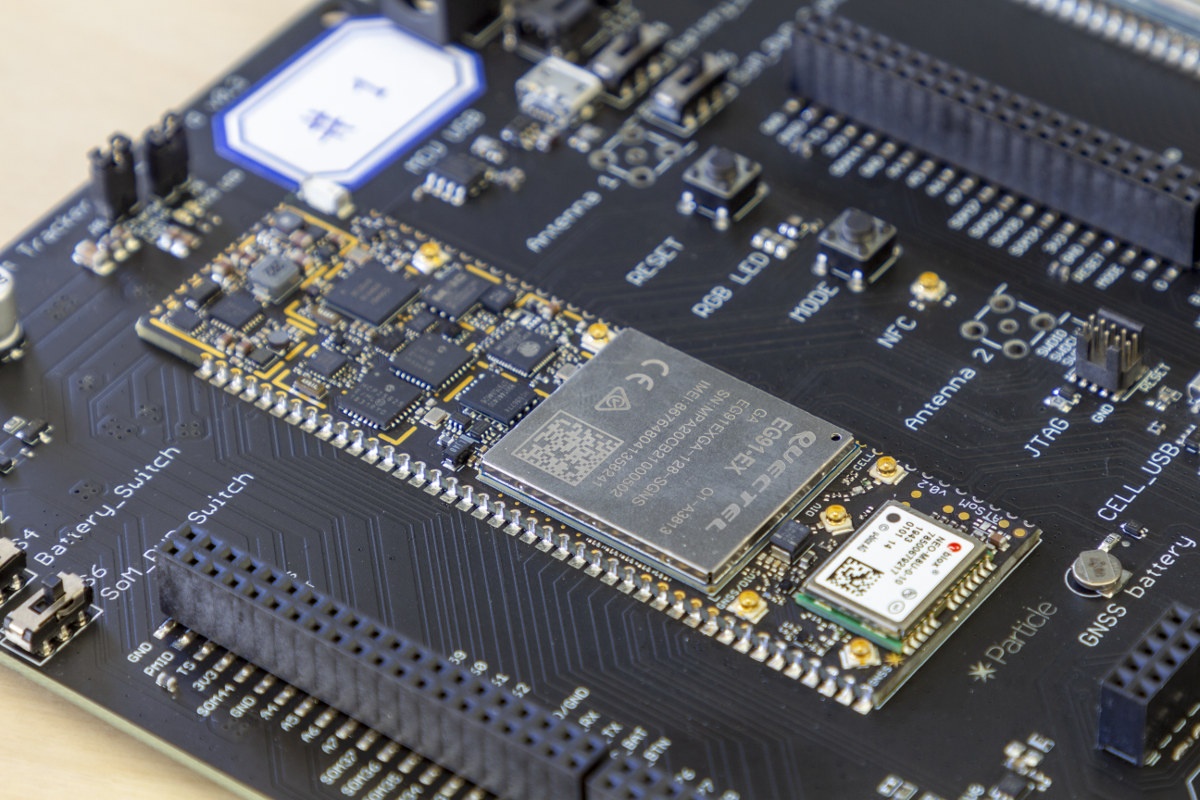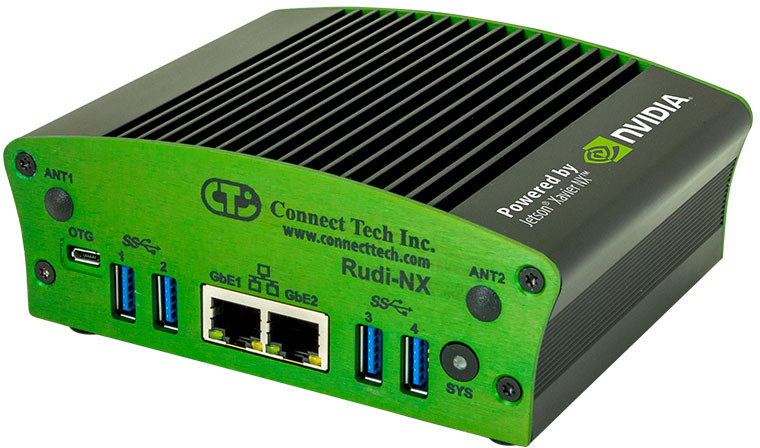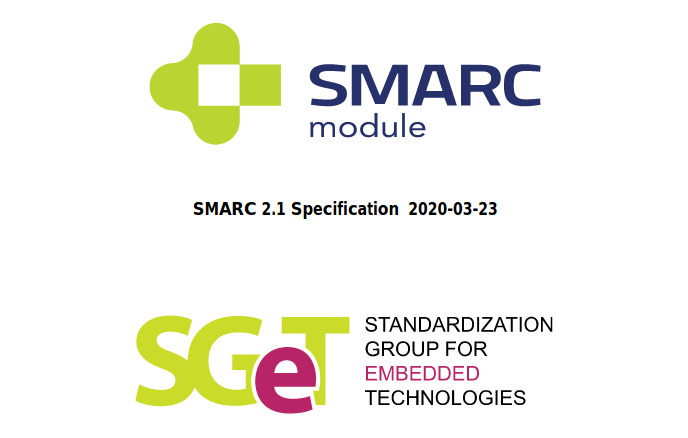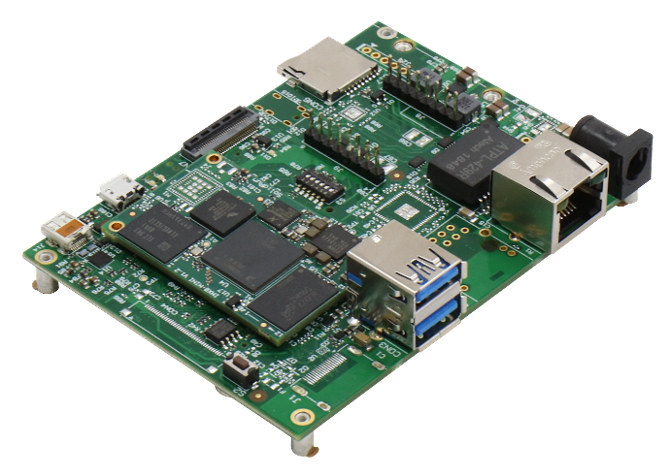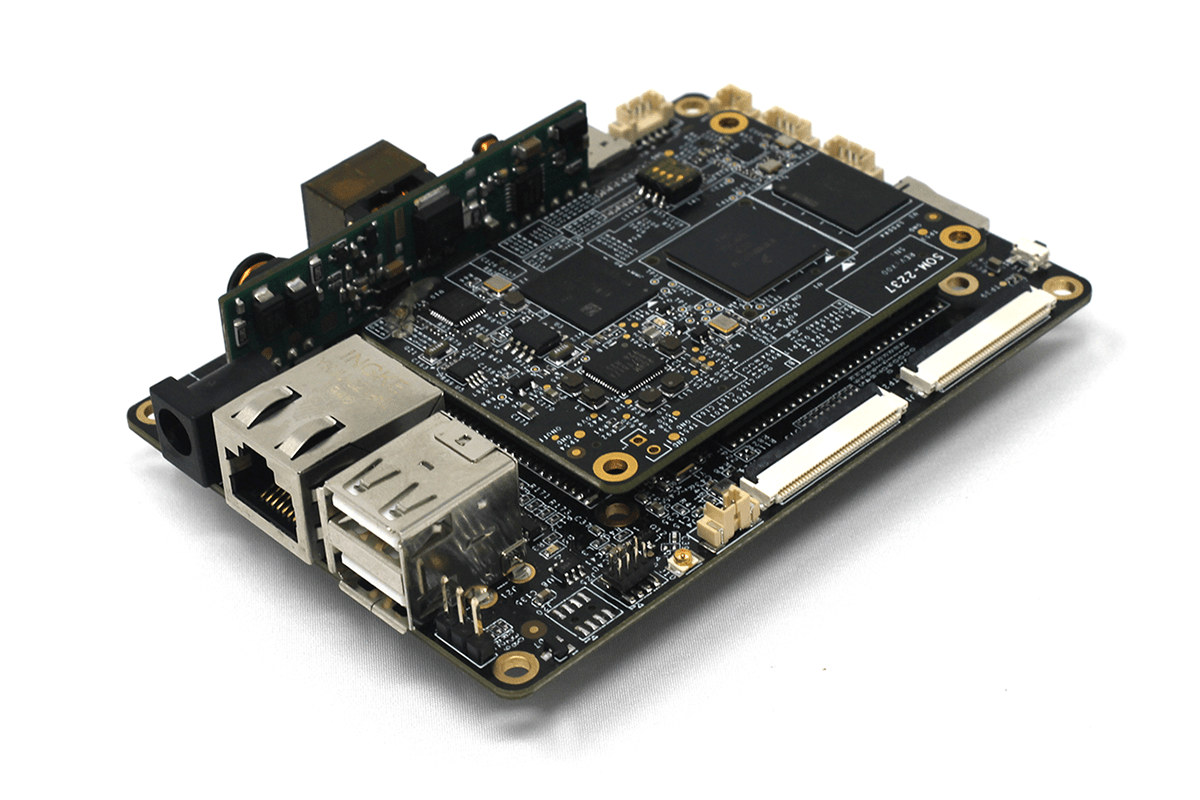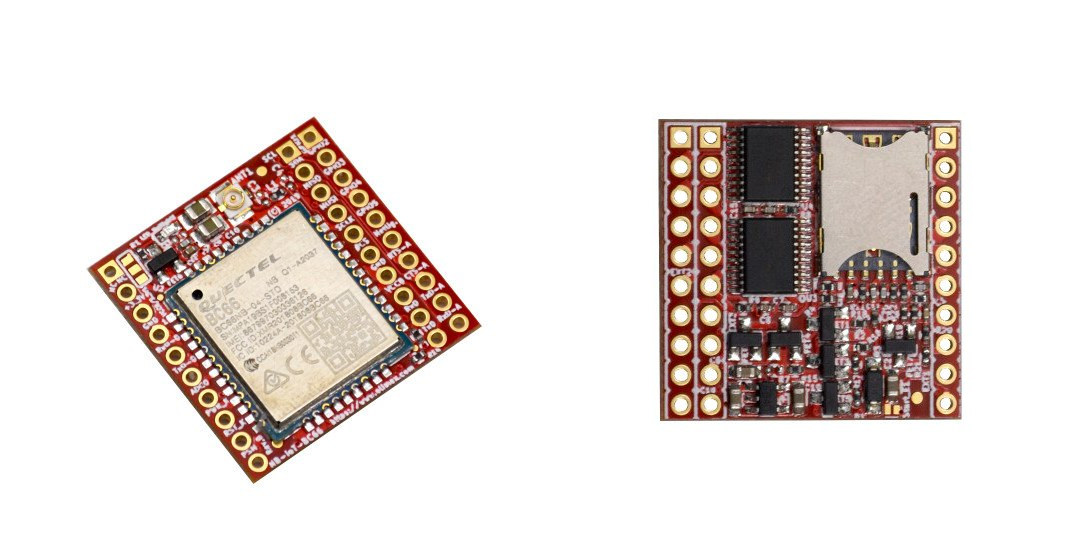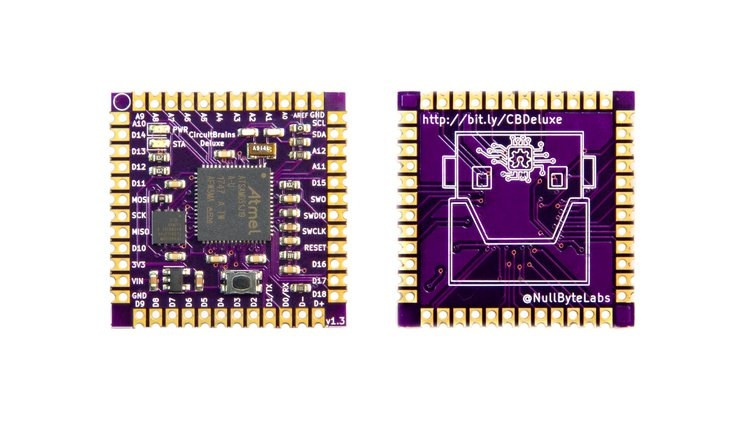TQ Group, headquartered in Germany, has launched two NXP i.MX 8X Cortex-A35 modules with TQMa8Xx and TQMa8XxS SoMs, with the latter being SMARC 2.1 compliant, and both targeting various applications ranging from medical devices, HMIs, industrial controllers and industrial Internet of Things (IIoT) to gateways, building automation, transport, and robotics. The press release explains NXP will officially launch i.MX 8X CPUs on May 14, 2020. We first heard about i.MX 8X in 2016, before an official announcement in 2017, and we wrote about Toradex i.MX 8X SoM in 2018, plus 96Boards AI-ML SBC in 2019, so I naively believed the processor had been around for a couple of years, but the Toradex SoM product is still shown as an “early product announcement” [Update: the page has just been updated since it is now shipping as well], and AI-ML board has just launched with 26 units available on Arrow website. Some […]
Particle Tracking System Offers Software, Hardware LTE IoT Module and Tracker in Turnkey Solution
Particle’s first cellular M2M module was launched in 2015 when the company was still called Spark IO. Since then they’ve offered new modules and boards supporting recent standards like NB-IoT and/or LTE Cat-M with product likes Boron and E series castellated modules. The company found out that most of their customers used their boards for asset tracking despite many off-the-shelf products already available, and the main reason was the ability to customize the solution. To help their customers, the company has now launched the Particle Tracking System combining a software suite with LTE IoT system-on-module and Tracker One reference product to ease the development and deployment of customized asset tracking solutions. Particle Tracking System is comprised of three main components relying on the existing Particle IoT platform: Particle Tracking Services software suite with geolocation services (mapping and geodatabase), fleet-wide device management, an open device firmware application framework to integrate with […]
NVIDIA Jetson Xavier NX SoM Launched for $459, Third-Party Carrier Boards & Edge Computers Available
NVIDIA announced the Jetson Xavier NX system-on-module last November with an NVIDIA Xavier SOC with 6 NVIDIA Carmel Arm v8.2 cores, a 384-core NVIDIA Volta GPU and two NVDLA deep learning accelerators for a combined 21 TOPS at 15 Watts. The 69.6 x 45 mm module also includes 8 GB LPDDR4x RAM and a 16GB eMMC flash with a 260-pin SO-DIMM providing various I/Os from PCIe to MIPI CSI and display interfaces such as HDMI and eDP. NVIDIA expected the module to be “available in March for $399 to companies looking to create high-volume production edge systems”, and at the time I thought it would be hard to purchase for simple mortals, but the company just sent an email announcing the launch of the module and it’s now listed for $459 on Arrow Electronics with no stock and a 16 weeks lead time. While there’s no Jetson Xavier NX development […]
SGET SMARC 2.1 Hardware Specification Allows Up to 4 Cameras, 4 Ethernet Interfaces
There are plenty of standards for systems-on-module that are supposed to allow interoperability between vendors. For example vendor 1 may create a Qseven SoM that works with vendor 2’s Qseven compliant carrier board which should accept any Qseven compatible module, although in practice, there are always some small differences that may cause problems. Many of those standards are managed by SGET (Standardization Groups for Embedded Technologies) including SMARC (“Smart Mobility ARChitecture”), Qseven, and Embedded NUC. A recent post on ADLINK Technology alerted us of the publication of SMARC 2.1 hardware specification (PDF) with the following changes: Incorporated Errata 1.1 Rev. 2 (2/9/2017) Updated signal tables with pin number, power domain, termination information… Added details for eDP[0:1]_HPD Added SERDES as alternative function for PCIeC and PCIeD Added MDIO Interface Updated power domains and power sequencing Added two extra GPIOs PCIe Clock Request signals for PCIeA and PCIeBat at previous locations Changed […]
HummingBoard Ripple SBC Targets AI Applications with NXP i.MX 8M Mini SoC & Gyrfalcon Lightspeeur 2803S NPU
SoliRun has made good use of its i.MX 8M Mini SoM which – as its name does not imply – comes with both an NXP i.MX 8M Mini processor and Gyrfalcon Lightspeeur 2803S AI accelerator, and can now be found in HummingBoard Ripple SBC part of the new HummingBoard-M family and based on a cost-reduced version of HummingBoard Pulse baseboard which we covered in 2018. Note that HummingBoard Ripple board is also available with the earlier SoliRun i.MX 8M module, and comes with up to 4GB RAM, Gigabit Ethernet, USB 3.0, Micro HDMI. Compared to HummingBoard Pulse SBC, it does without MIPI-DSI nor digital audio, and removing one Gigabit Ethernet port, and one MIPI-CSI connector. HummingBoard Ripple SBC specifications: SOM Model NXP i.MX8M dual-/quad-core Arm Cortex A53 processor up to 1.5GHz with Arm M4 MCU core NXP i.MX8M Mini single to quad-core Arm Cortex A53 processor up to 1.8GHz with […]
NXP i.MX 8M Mini Pico-ITX SBC Comes with Audio DSP, Optional PoE and Google Coral M.2 Module
We’ve covered several NXP i.MX 8M Mini SBC‘s since the announcement of the processor in 2018 as the first i.MX SoC manufactured with a 14nm process allowing for a higher CPU clock of 2.0 GHz compared to the 1.5 GHz frequency used with the original i.MX 8M processor. i.MX 8M Mini also removes some features (4K video playback, some video interfaces, …) in order to lower the cost of the processor. Companies are still releasing new i.MX 8M SBCs regularly, but we don’t always cover them all since many often do not offer much compared to the competition. But Estone Technology EMB-2237-AI Pico-ITX SBC has some unusual features and options including a Cirrus Logic audio DSP, as well as support for a PoE module and Google Coral M.2 AI accelerator module. EMB-2237-AI SBC is comprised of a system-on-module and baseboard with the following specifications: Estone SOM-2237 module SoC – […]
Olimex Launches a Breakout Board with Quectel BC66 NB-IoT module
Quectel BC66 NB-IoT module is found on a few development boards such as Olimex NB-IoT DevKit, works worldwide – at least where NB-IoT networks are deployed -, and can be programmed with Arduino or PlatformIO. Olimex has now designed a breakout board fitted with Quectel BC66 module for people wanting a smaller footprint (26x26mm) and/or integrate the module easily with their own hardware. Olimex BC66 breakout board’s features and specifications: NB-IoT Connectivity Quectel BC-66 with worldwide GSM bands coverage 25.5 kbps uplink and downlink nano SIM card slot u.FL antenna connector + optional antenna I/O Expansion – 3x 10-pin header either unpopulated or fitted with male headers; Level shifters for 5x GPIOs, I2C, SPI, UART Misc – Status LEDs Power Supply – Dimensions – 26×26 mm As with other LPWAN modules, this module/board would typically be found in remote electricity, water and gas meters, smart city (parking/lighting) management systems, healthcare […]
CircuitBrains Deluxe is a Tiny, CircuitPython-compatible Module (Crowdfunding)
There are plenty of boards with Adafruit’s CircuitPython support, but Microchip SAMD51 powered CircuitBrains Deluxe is a little different since it’s a module with castellated holes that make it easy to solder to your own baseboard or integrate into a space-constrained product. CircuitBrains Deluxe specifications: MCU – Microchip/Atmel ATSAMD51J19 32-bit ARM Cortex M4 microcontroller @ 120 MHz with 192 KB SRAM, 512 KB Flash Storage – 8 MB Quad SPI Flash I/Os via 48x through holes and castellated holes around the module GPIO (13 Analog, 2 of which are DAC capable, and 19 Digital) SPI, I²C, UART SWD programming/debug interface USB D- & D+ Power Supply Voltage – 5V Output – Onboard 3.3 V 600 mA Linear Regulator (LDO) connected to 3V3 pin Dimensions – 29 x 29 x 3.5 mm The module comes preloaded with CircuitPython, a fork of MicroPython maintain by Adafruit. You can just connect the board […]


